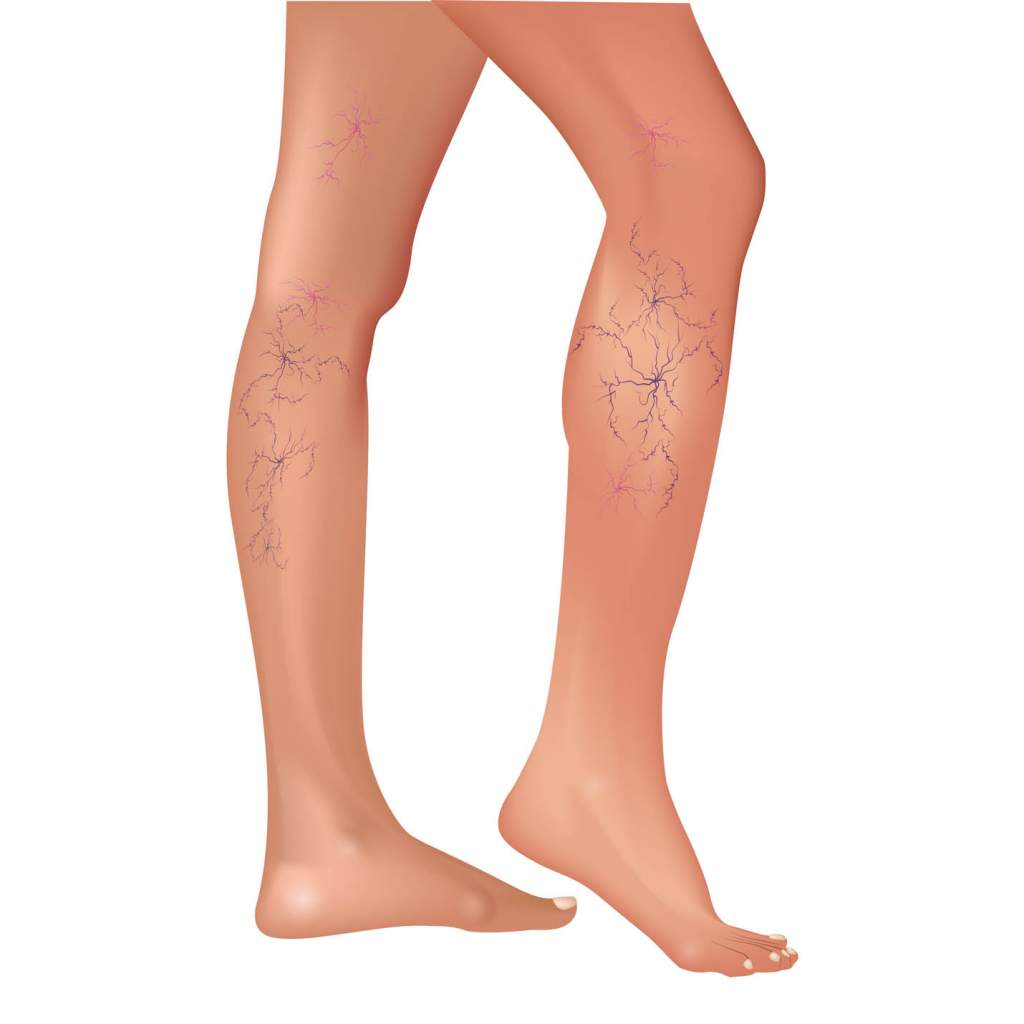Many women over the age of 40 suffer from unsightly veins in their legs. We often call these veins spider veins or varicose veins. These are actually 2 different types of disorders. It’s easy to distinguish spider veins from varicose veins. There are certain characteristics that separate one type of condition from the other.
Locate the area of the body where the veins are visible. Spider veins appear on the legs or face, while varicose veins generally appear only on the legs.
Note if the veins appear only on the surface of the skin or if they’re raised above the skin. Spider veins appear only on the skin’s surface, while varicose veins are thicker and be raised above the skin.
Examine the color and size of the veins. Spider veins are blue or red and thin, while varicose veins can be blue or dark purple and swollen.
Determine if you are having pain associated with the veins in your legs. Varicose veins can be distinguished from spider veins with the occurrence of pain. Spider veins are not painful.
Check the pattern of the veins. Spider veins appear as spider webs or tree breaches, while varicose veins are ropey and twisted and have a bulging appearance.
Watch for any changes associated with your condition. Varicose veins can often lead to aching, tired, cramping sensations in the legs, while spider veins don’t lead to any of these complications.
